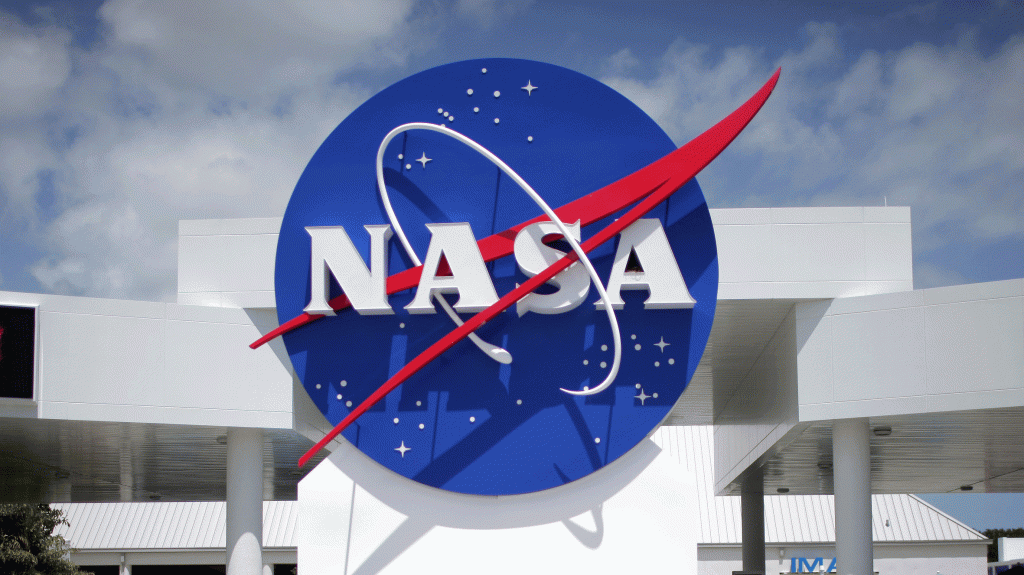TechGirl
Founding Member
New thread for all things NASA & other Space companies / connections - please help me out & add any old or new Space info 
www.techport.nasa.gov/view/102580


Small Business Innovation Research/Small Business Tech Transfer
Small Business Innovation Research/Small Business Tech Transfer
PDF
The ultimate goal of this project is to create a radiation-hardened Neural Network suitable for Ede use. Neural Networks operating at the Edge will need to perform Continuous Learning and Few-shot/One-shot Learning with very low energy requirements, as will NN operation. Spiking Neural Networks (SNNs) provide the architectural framework to enable Edge operation and Continuous Learning. SNNs are event-driven and represent events as a spike or a train of spikes. Because of the sparsity of their data representation, the amount of processing Neural Networks need to do for the same stimulus can be significantly less than conventional Convolutional Neural Networks (CNNs), much like a human brain. To function in Space and in other extreme Edge environments, Neural Networks, including SNNs, must be made rad-hard.
Brainchip’s Akida Event Domain Neural Processor (www.brainchipinc.com) offers native support for SNNs. Brainchip has been able to drive power consumption down to about 3 pJ per synaptic operation in their 28nm Si implementation. The Akida Development Environment (ADE) uses industry-standard development tools Tensorflow and Keras to allow easy simulation of its IP.
Phase I is the first step towards creating radiation-hardened Edge AI capability. We plan to use the Akida Neural Processor architecture and, in Phase I, will:
Successfully accomplishing these objectives:
« Less
NASA applications will include miniaturized instruments and subsystems that must operate in harsh environments, interplanetary CubeSats and SmallSats, instruments bound for outer planets and heliophysics missions to harsh radiation environments. Neural-network and machine learning capabilities are required for robotic vision, navigation, communication, observation and system health management in future autonomous robotic systems.
The greatest potential for the next computing revolution lies in scaling AI to the billions of smaller, power-constrained Edge devices, while making them Rad-Hard. Innovative signal processing and ML techniques will open up new opportunities for SoC architects to deliver new levels of efficient AI performance in microcontrollers targeted at both the space and terrestrial markets.
www.techport.nasa.gov/view/102580


Small Business Innovation Research/Small Business Tech Transfer
CNN RNN Processor, Phase I
Completed Technology ProjectSmall Business Innovation Research/Small Business Tech Transfer
CNN RNN Processor, Phase I
Completed Technology ProjectProject Introduction
The ultimate goal of this project is to create a radiation-hardened Neural Network suitable for Ede use. Neural Networks operating at the Edge will need to perform Continuous Learning and Few-shot/One-shot Learning with very low energy requirements, as will NN operation. Spiking Neural Networks (SNNs) provide the architectural framework to enable Edge operation and Continuous Learning. SNNs are event-driven and represent events as a spike or a train of spikes. Because of the sparsity of their data representation, the amount of processing Neural Networks need to do for the same stimulus can be significantly less than conventional Convolutional Neural Networks (CNNs), much like a human brain. To function in Space and in other extreme Edge environments, Neural Networks, including SNNs, must be made rad-hard.
Brainchip’s Akida Event Domain Neural Processor (www.brainchipinc.com) offers native support for SNNs. Brainchip has been able to drive power consumption down to about 3 pJ per synaptic operation in their 28nm Si implementation. The Akida Development Environment (ADE) uses industry-standard development tools Tensorflow and Keras to allow easy simulation of its IP.
Phase I is the first step towards creating radiation-hardened Edge AI capability. We plan to use the Akida Neural Processor architecture and, in Phase I, will:
- Understand the operation of Brainchip’s IP
- Understand 28nm instantiation of that IP (Akida)
- Evaluate radiation vulnerability of different parts of the IP through the Akida Development Environment
- Define architecture of target IC
- Define how HARDSIL® will be used to harden each chosen IP block
- Choose a target CMOS node (likely 28nm) and create a plan to design and fabricate the IC in that node, including defining the HARDSIL® process modules for this baseline process
- Define the radiation testing plan to establish the radiation robustness of the IC
Successfully accomplishing these objectives:
- Establishes the feasibility of creating a useful, radiation-hardened product IC with embedded NPU and already-existing supporting software ecosystem to allow rapid adoption and productive use within NASA and the Space community.
- \n
- \n\t
- Creates the basis for an executable Phase II proposal and path towards fabrication of the processor.
- \n
« Less
Anticipated Benefits
NASA applications will include miniaturized instruments and subsystems that must operate in harsh environments, interplanetary CubeSats and SmallSats, instruments bound for outer planets and heliophysics missions to harsh radiation environments. Neural-network and machine learning capabilities are required for robotic vision, navigation, communication, observation and system health management in future autonomous robotic systems.
The greatest potential for the next computing revolution lies in scaling AI to the billions of smaller, power-constrained Edge devices, while making them Rad-Hard. Innovative signal processing and ML techniques will open up new opportunities for SoC architects to deliver new levels of efficient AI performance in microcontrollers targeted at both the space and terrestrial markets.
Primary U.S. Work Locations and Key Partners
| Organizations Performing Work | Role | Type | Location |
|---|---|---|---|
| Silicon Space Technology Corporation | Lead Organization | Industry | Austin, Texas |

| Supporting Organization | NASA Center | Moffett Field, California |


